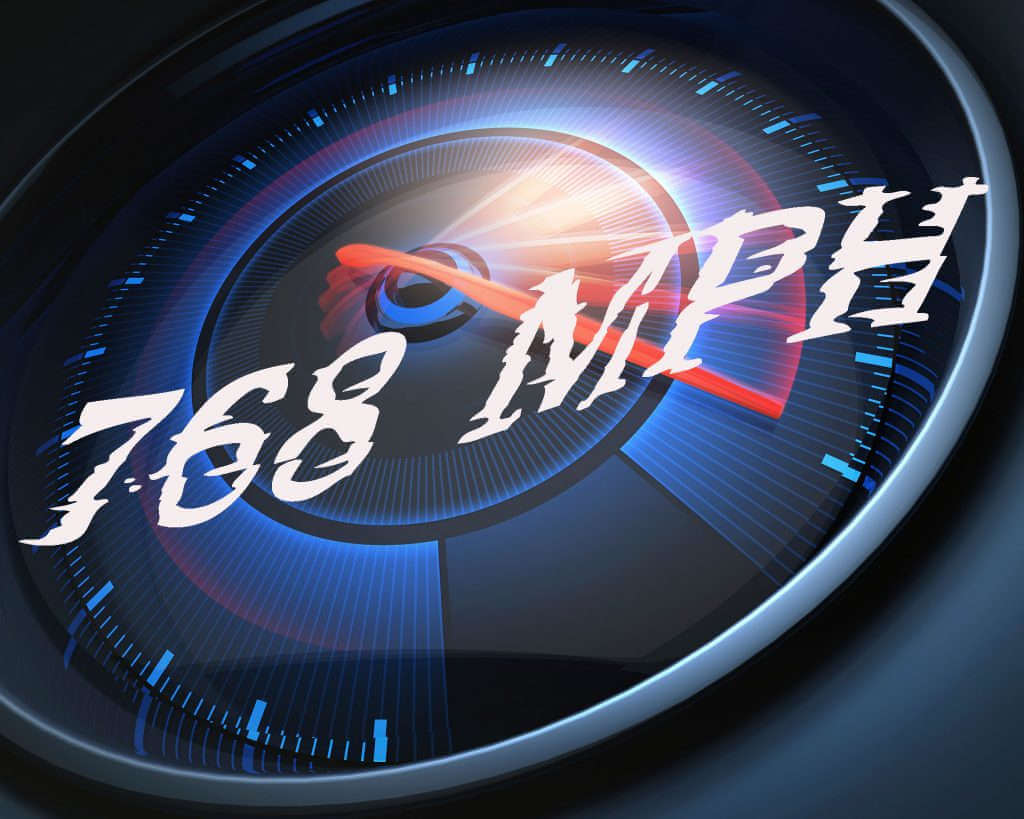The Similarities of Sound and Light

Written by Guest Blogger: Isaac Imig, Owner of Integrated Audio/Video
Light and sound are both waves. The propagation, or distribution of sound, is actually very similar to light, just a whole lot slower. The waves of sound or light both reflect, refract, and attenuate depending on their environment.
For example, you may see that you left a light on in a room from down the hall although you cannot see the actual light bulb. This is reflection. Or if you are outside at night and see a street lamp from far away, it is dimmer than if you are standing right underneath it. This is attenuation.
Achieving usable, uniform light can be challenging in large spaces. There can be issues with shadows, bright spots, and overall distribution of light depending on the room and environment including wall finish, ceiling height, and a lot more. The same is true with audio; however, it is exacerbated by the speed at which the wave travels. Light travels about 900,000 times faster than sound at nearly 300 million meters per second vs sound at 340 m/s or 768 MPH.
A poor audio environment (or system) will manifest sound waves as echoes, muddiness, and overall unintelligible sound. Because sound travels so much slower than light, there is an additional issue with timing. For example, any delayed sound that is heard more than 15 milliseconds after the initial sound will be interpreted as an echo or doubling of sound. You can imagine how a reflective room will continue to reflect this sound over and over again, resulting in extreme intelligibility issues. A properly treated room minimizes reflections, while a properly designed playback system takes care of issues with the uniformity of sound, the same way that many lights in a large room is better than one light.
There are additional issues with interference where an improperly placed speaker can actually cancel out frequencies that a nearby speaker is producing. This is heard as a void where certain frequencies simply cannot be heard. With light this is typically seen as a rainbow such as what you may see on soap film or a compact disc.
As you can see based on these properties, a properly designed audio system whether, it be for playback or sound reinforcement, combined with an environment that can complement it, is critical for an accurate, intelligible, and enjoyable experience.
